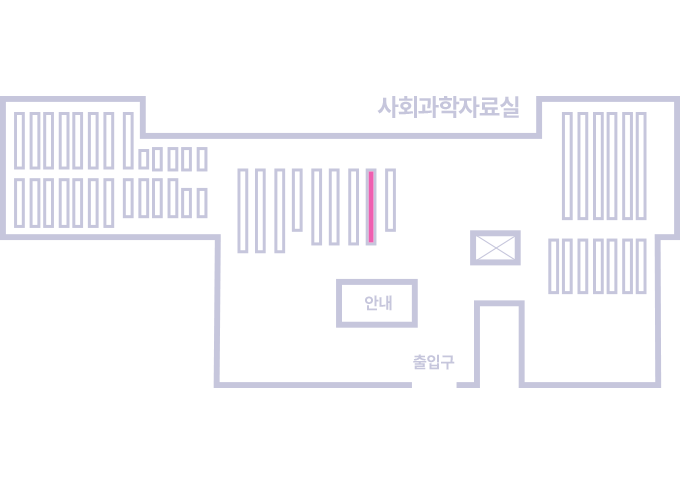권호기사보기
| 기사명 | 저자명 | 페이지 | 원문 | 기사목차 |
|---|
| 대표형(전거형, Authority) | 생물정보 | 이형(異形, Variant) | 소속 | 직위 | 직업 | 활동분야 | 주기 | 서지 | |
|---|---|---|---|---|---|---|---|---|---|
| 연구/단체명을 입력해주세요. | |||||||||
|
|
|
|
|
|
* 주제를 선택하시면 검색 상세로 이동합니다.
Background: Dietary Na+ or Na+/K+ ratio has been reported to be associated with bone mineral density (BMD). However, this remains unclear, and only a few studies have been reported on the Korean population. Therefore, this study aimed to determine the association between dietary Na+, K+, and Na+/K+ ratios and BMD in middle-aged Korean women.
Methods: This study used data from the Korea National Health and Nutrition Examination Survey 2008–2011. A total of 3,690 women aged >50 years were included. Study participants were classified into quartiles (lowest quartile Q1–highest quartile Q4) according to dietary Na+, K+, and Na+/K+ ratio, and we examined the association of these parameters with BMD. Total femur and lumbar spine BMD were measured using dual-energy X-ray absorptiometry. Multiple linear regression analyses were performed using IBM SPSS ver. 19.0.
Results: The mean age was 62 years, and a significant negative trend in the β-coefficient regarding dietary Na+ was only observed in the total femur BMD. However, the total femur and lumbar spine BMD decreased from Q1 to Q4 regarding the dietary Na+/K+ ratio (P-value for trend: 0.044 for total femur BMD and 0.002 for lumbar spine BMD).
Conclusion: A significant negative trend in the β-coefficient for both total femur and lumbar spine BMD was observed regarding the Na+/K+ ratio. Therefore, based on the results of this study, a higher dietary Na+/K+ ratio may be associated with a lower BMD.| 번호 | 참고문헌 | 국회도서관 소장유무 |
|---|---|---|
| 1 | Am J Obstet Gynecol. 2006 Feb;194(2 Suppl):S12-23 | 미소장 |
| 2 | Arch Intern Med. 2009 Jan 12;169(1):32-40 | 미소장 |
| 3 | BMJ Open. 2016 Jul 13;6(7):e011632 | 미소장 |
| 4 | Stroke. 2017 Nov;48(11):2979-2983 | 미소장 |
| 5 | Ann Nutr Metab. 2016;68(3):189-96 | 미소장 |
| 6 | Public Health Nutr. 2014 Feb;17(2):383-9 | 미소장 |
| 7 | J Nutr. 2003 Oct;133(10):3130-6 | 미소장 |
| 8 | Endocrinol Metab Clin North Am. 1998 Jun;27(2):465-83 | 미소장 |
| 9 | World Health Organ Tech Rep Ser. 1994;843:1-129 | 미소장 |
| 10 | Osteoporos Int. 2017 Mar;28(3):1077-1086 | 미소장 |
| 11 | Eur J Nutr. 2001 Oct;40(5):231-7 | 미소장 |
| 12 | Am J Clin Nutr. 2014 Sep;100(3):953-8 | 미소장 |
| 13 | J Bone Miner Res. 1997 Jan;12(1):24-35 | 미소장 |
| 14 | J Am Coll Nutr. 2018 Aug;37(6):522-532 | 미소장 |
| 15 | Br J Nutr. 2021 Jan 14;125(1):79-91 | 미소장 |
| 16 | Asia Pac J Public Health. 2017 Jul;29(5):430-439 | 미소장 |
| 17 | Am J Clin Nutr. 2008 Aug;88(2):465-74 | 미소장 |
| 18 | J Bone Miner Res. 2013 Mar;28(3):497-504 | 미소장 |
| 19 | Am J Clin Nutr. 1999 Apr;69(4):727-36 | 미소장 |
| 20 | Am J Manag Care. 2011 May;17 Suppl 6:S164-9 | 미소장 |
| 21 | J Clin Endocrinol Metab. 2013 Jan;98(1):207-17 | 미소장 |
| 22 | Geriatr Orthop Surg Rehabil. 2010 Sep;1(1):6-14 | 미소장 |
| 23 | Clin Exp Hypertens. 2018;40(8):772-779 | 미소장 |
| 24 | Am J Epidemiol. 2013 Sep 15;178(6):898-909 | 미소장 |
| 25 | Eur J Clin Nutr. 2015 Mar;69(3):361-6 | 미소장 |
| 26 | N Engl J Med. 2007 May 10;356(19):1966-78 | 미소장 |
| 27 | Osteoporos Int. 2009 Feb;20(2):335-40 | 미소장 |
| 28 | J Hum Hypertens. 2001 Apr;15(4):229-37 | 미소장 |
| 29 | Nutrients. 2011 Nov;3(11):951-961 | 미소장 |
| 30 | Eur J Clin Nutr. 1997 Aug;51(8):561-5 | 미소장 |
*표시는 필수 입력사항입니다.
| 전화번호 |
|---|
| 기사명 | 저자명 | 페이지 | 원문 | 기사목차 |
|---|
| 번호 | 발행일자 | 권호명 | 제본정보 | 자료실 | 원문 | 신청 페이지 |
|---|
도서위치안내: / 서가번호:

우편복사 목록담기를 완료하였습니다.
*표시는 필수 입력사항입니다.
저장 되었습니다.